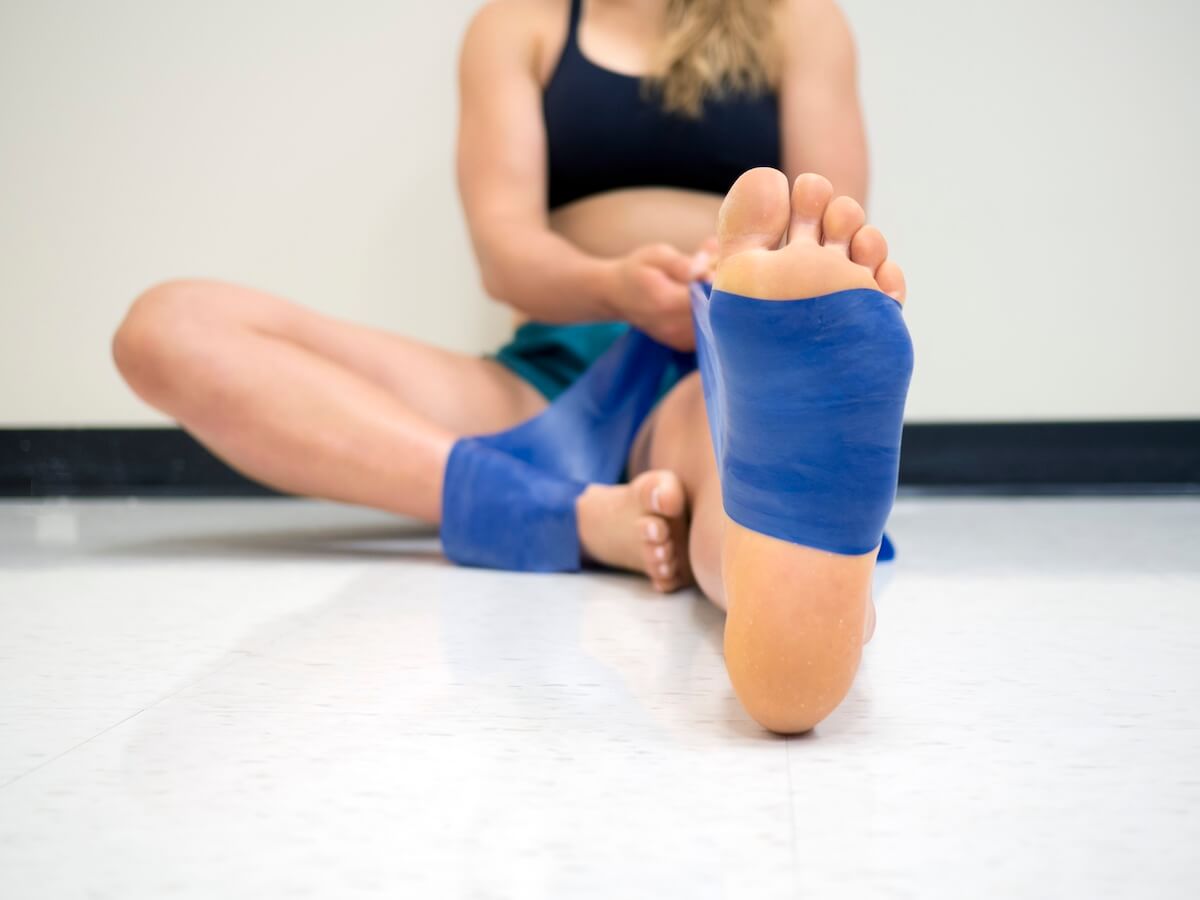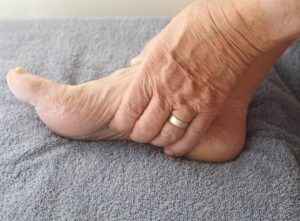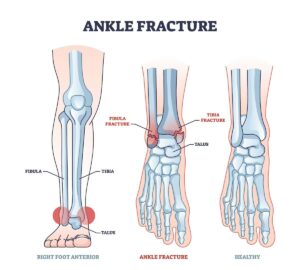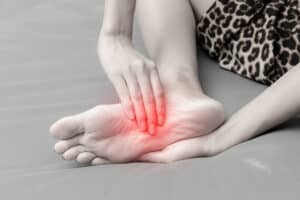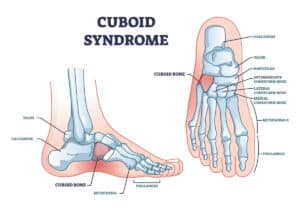Free download: Top 10 Natural & Easy Remedies for Joint Pain from Home. Learn these helpful remedies.
Estimated Reading Time: 6 minutes read
Walking is an essential activity that many of us take for granted until we face difficulties. Ankle strength plays a pivotal role in our walking ability, supporting our steps and ensuring stability. In this guide, we’ll explore simple yet effective exercises to bolster ankle strength and offer improved walking support. By integrating these exercises into your routine, you can enhance your mobility and enjoy a more active lifestyle.
Table of Contents
Why Strengthen Your Ankles?
Ankles bear the brunt of our daily movements, from walking and running to jumping and standing. Strengthening your ankles not only improves your walking support but also reduces the risk of injuries. A strong ankle supports the body’s weight, maintains balance, and facilitates smoother, more efficient movements. This guide will introduce straightforward exercises aimed at enhancing ankle strength, ensuring your steps are steady and secure.
Causes of Weak Ankles
Before we begin the exercises, let’s understand what causes weak ankles. Recognizing these causes is the first step toward prevention and improvement.
- Lack of Exercise: Limited physical activity can lead to weakened muscles, including those around the ankle.
- Injuries: Sprains, fractures, or strains around the ankle can impair strength and stability.
- Overuse: Repetitive motions or excessive use can strain the ankle, leading to weakness.
- Aging: Natural wear and tear over time can affect ankle strength.
- Poor Footwear: Shoes that do not provide proper support can contribute to ankle weakness.
- Medical Conditions: Certain health issues like arthritis or diabetes can impact ankle strength.
Addressing these causes through targeted exercises and lifestyle changes can significantly enhance ankle strength and overall mobility.
Symptoms of Weak Ankles
Recognizing the symptoms of weak ankles can help you take timely action. Here are some common signs:
- Frequent Ankle Sprains: A tell-tale sign of weak ankles is the tendency to sprain easily.
- Balance Issues: Difficulty in maintaining balance could indicate ankle weakness.
- Pain: Discomfort or pain in the ankle area, especially when walking or standing.
- Swelling: Persistent swelling around the ankle without an apparent cause.
- Limited Mobility: Difficulty in performing movements that require ankle flexibility.
- Instability: Feeling unstable while walking or standing on uneven surfaces.
If you notice any of these symptoms, incorporating ankle-strengthening exercises into your routine can be beneficial.
Elevate Your Mobility: Ankle Strengthening Exercises
1. Marble Pick-Ups
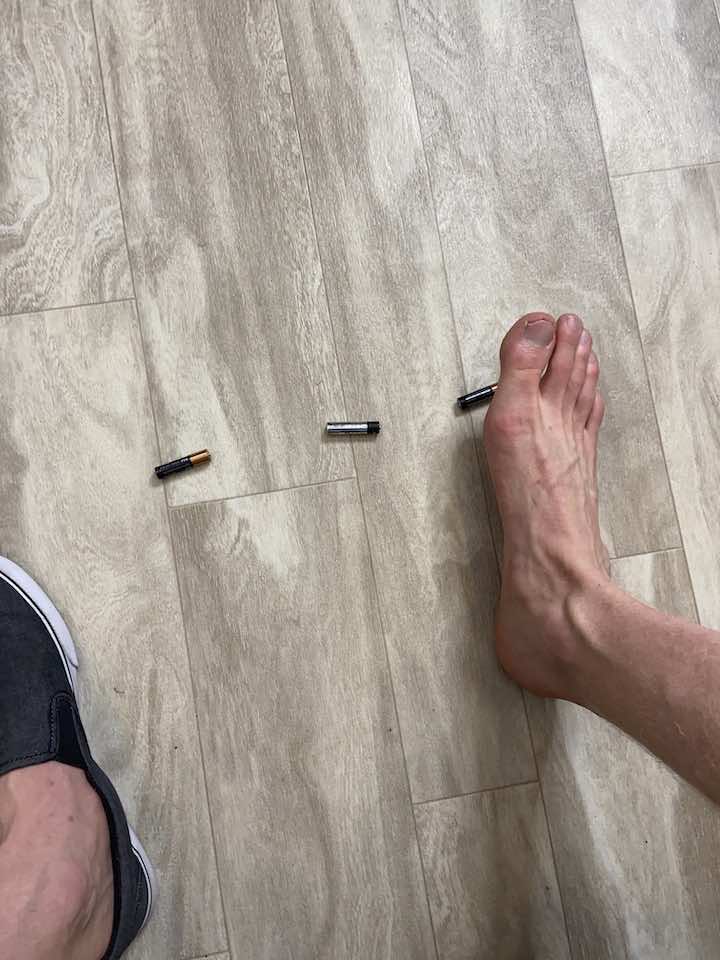
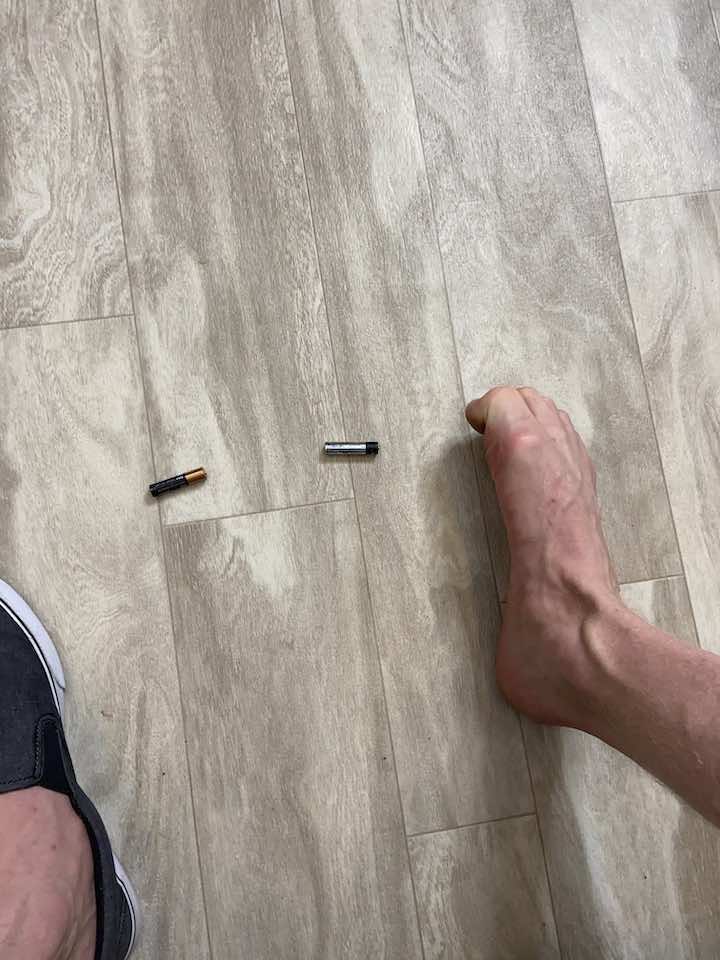
- Get 10-20 marbles and place them on the floor with a cup next to your pile of marbles.
- Stand up and hold onto a steady surface like a counter to help with balance.
- Then in standing, grab a marble with your toes and lift it into the cup. Picking up marbles can be challenging, but the great thing is that even just trying to pick up the marble will strengthen your foot!
2. Arch Doming
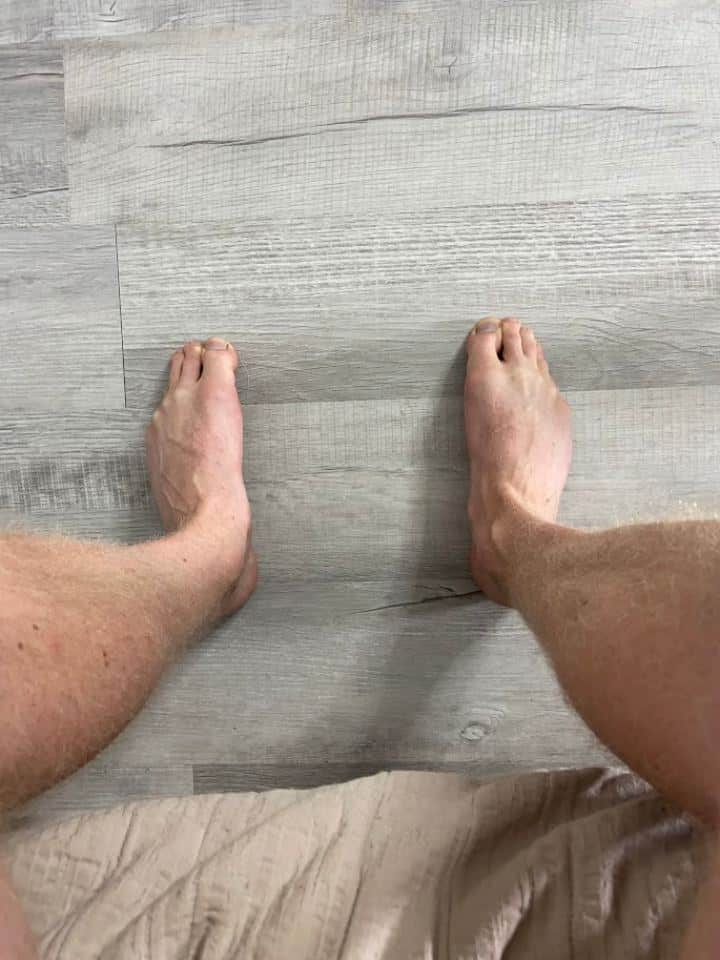
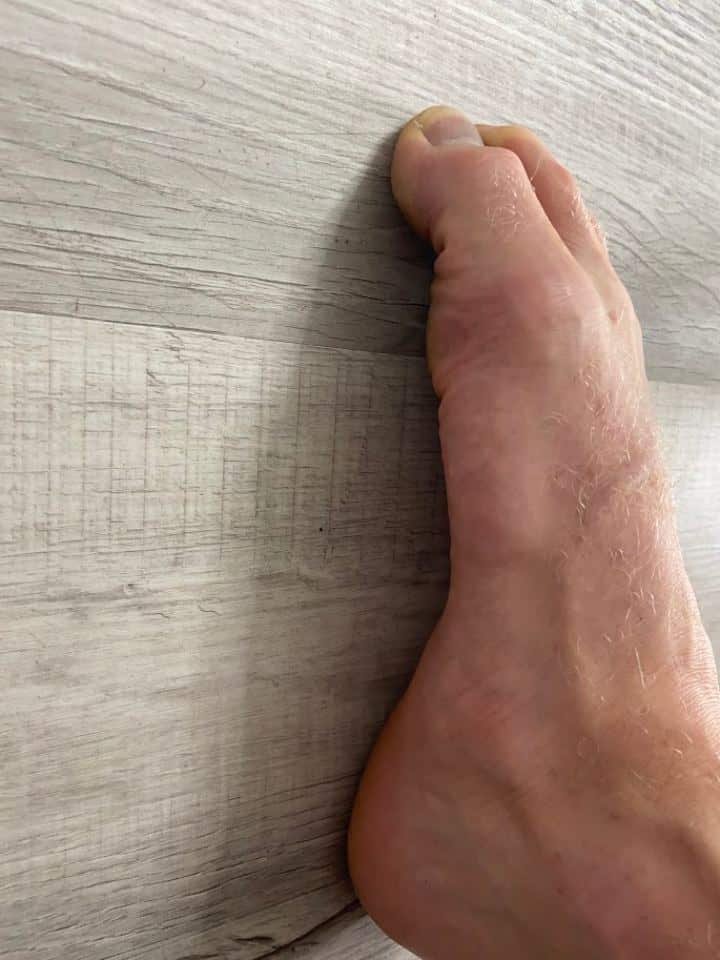
- Starting position: Seated in a chair with the fleet flat on the floor. Shoes should be removed.
- You can practice with both feet at the same time or one foot at a time.
- Squeeze the bottom of the foot and lift the inner arch off the floor, without moving any other part of the foot.
- Hold this lift for 2 seconds, then slowly allow the arches to relax back down to the floor.
- Repeat 10 repetitions for 3 sets.
3. Ankle Eversion with Resistance Band
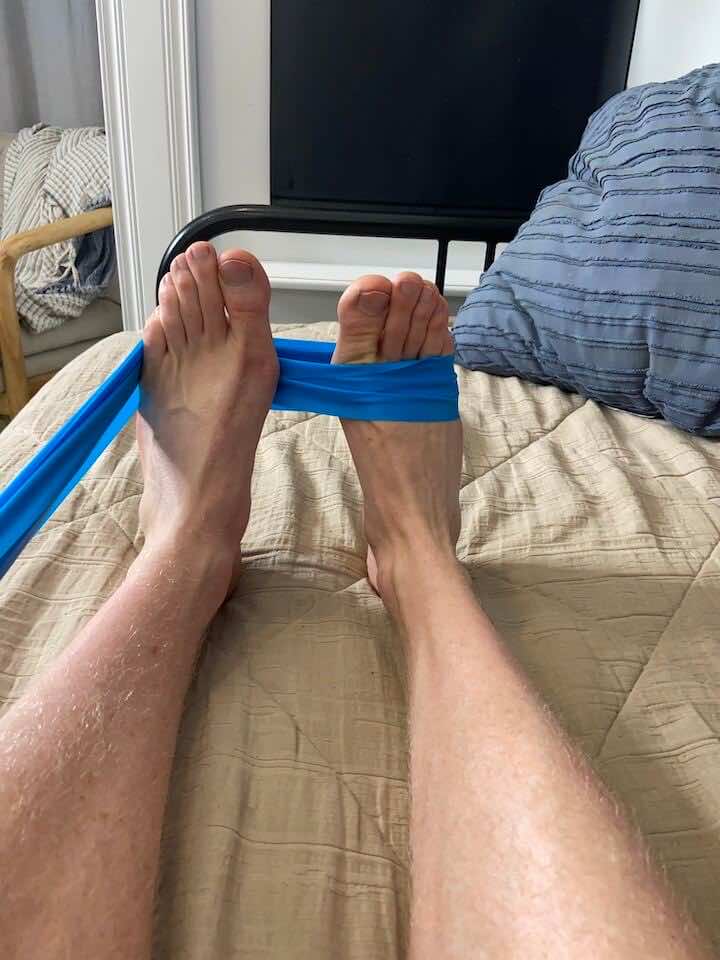
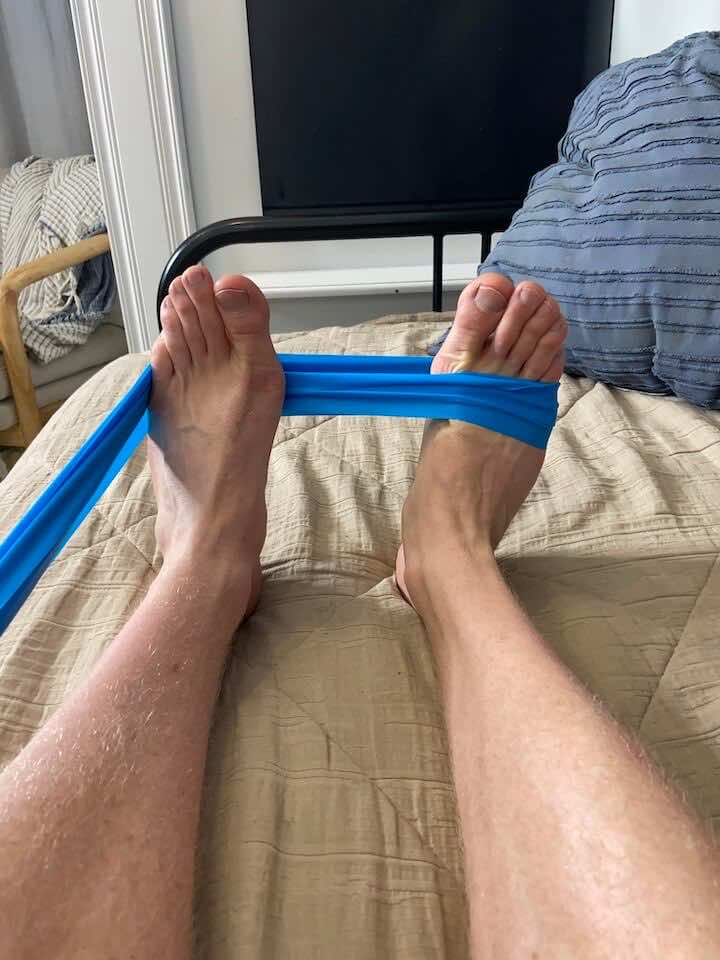
- Lay down on your bed with your ankle off the end.
- Loop the band around your right foot and around your left, as seen in the graphic. We’re going to use your left foot as an anchor for your right foot as your exercise.
- Bring your right foot out like you’re angling your ankle away from your left foot, squeeze in, then relax.
- Do this for 10 repetitions and complete 3 sets in total.
Tip: Work on just moving your ankle and not your entire leg when performing this exercise! See if your knee rolls out at all; try to keep it still.
4. Ankle Inversion with Resistance Band
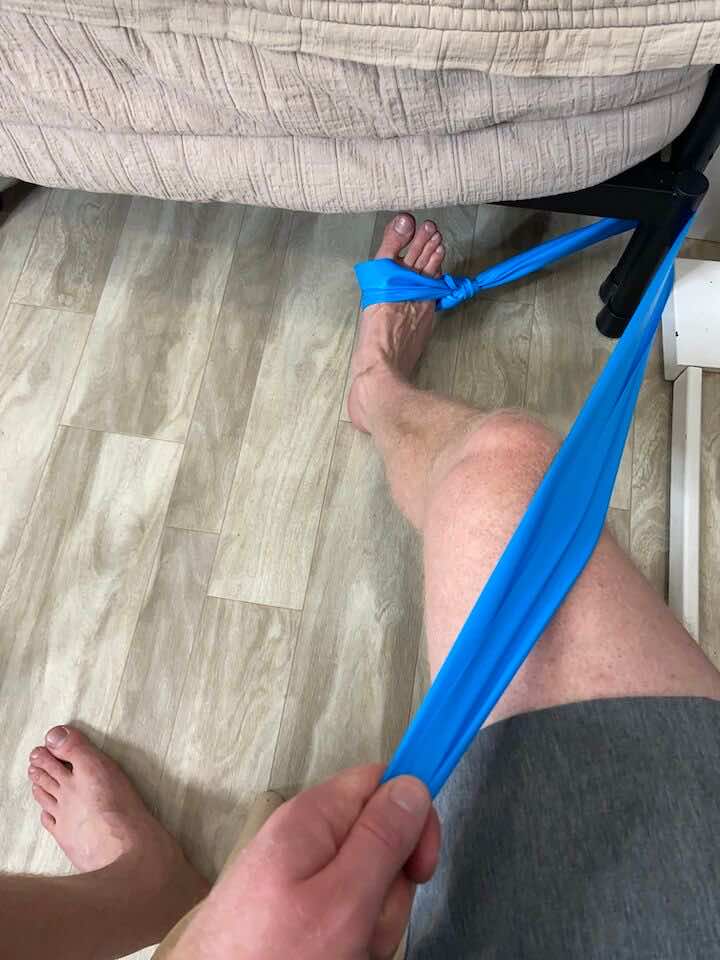
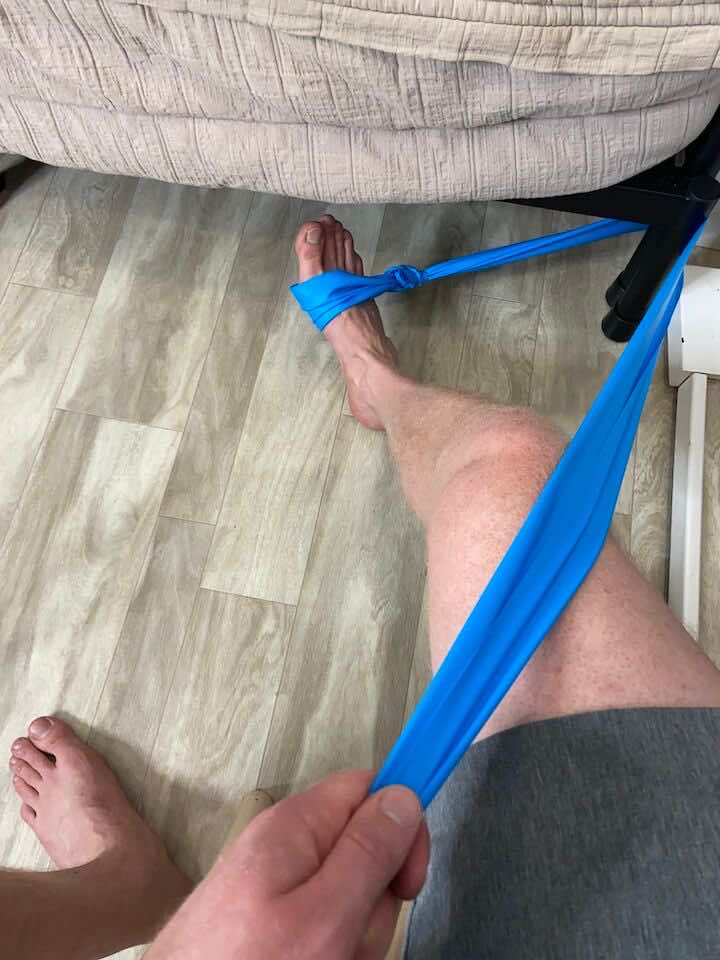
- Sit near a heavy table or sturdy chair that won’t move easily.
- Bring your foot in like you’re angling your ankle toward your other foot, squeeze in, then relax. Loop the resistance band over your foot and around the table or chair leg, as shown in the graphic above.
- Repeat this movement for 10 reps, and do a total of 3 sets.
Tip: Work on just moving your ankle and not your entire leg when performing this exercise! See if your knee rolls out at all, try to keep it still.
5. Ankle Dorsiflexion with Resistance Band
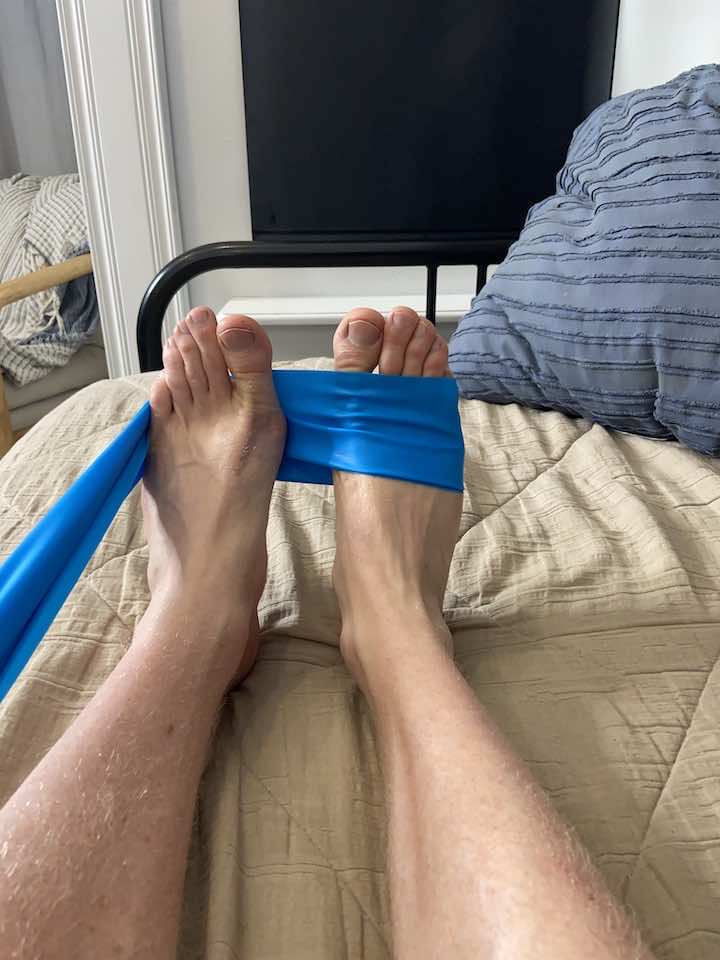
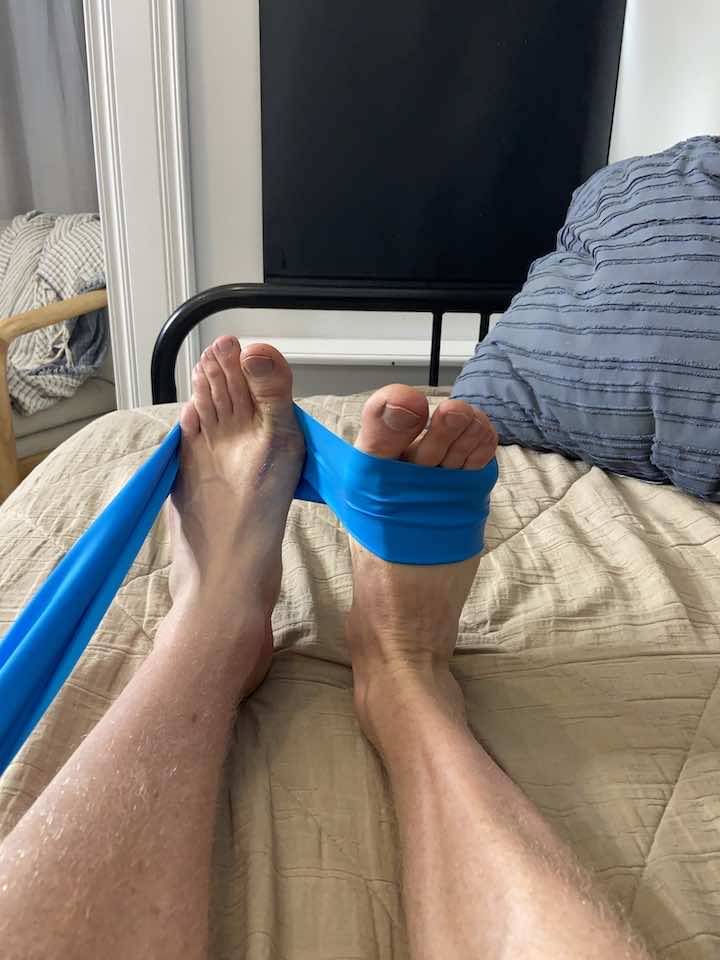
- Lay down on your bed with your ankle off the end.
- Loop the band around your right foot and loop the band around your left foot.
- Point your left foot and hold that position.
- Draw your right foot up like you’re trying to bring your toes to your nose, then relax. Finish the set, then repeat with your left foot.
- Repeat 10 repetitions for 3 sets.
6. Ankle Plantar Flexion with a Resistance Band
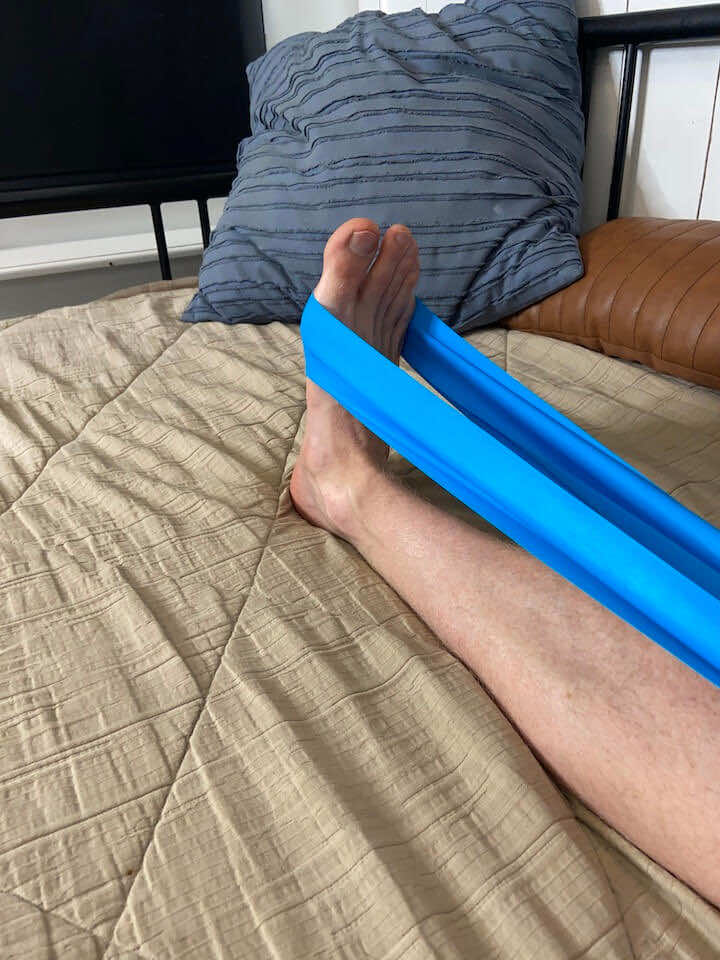
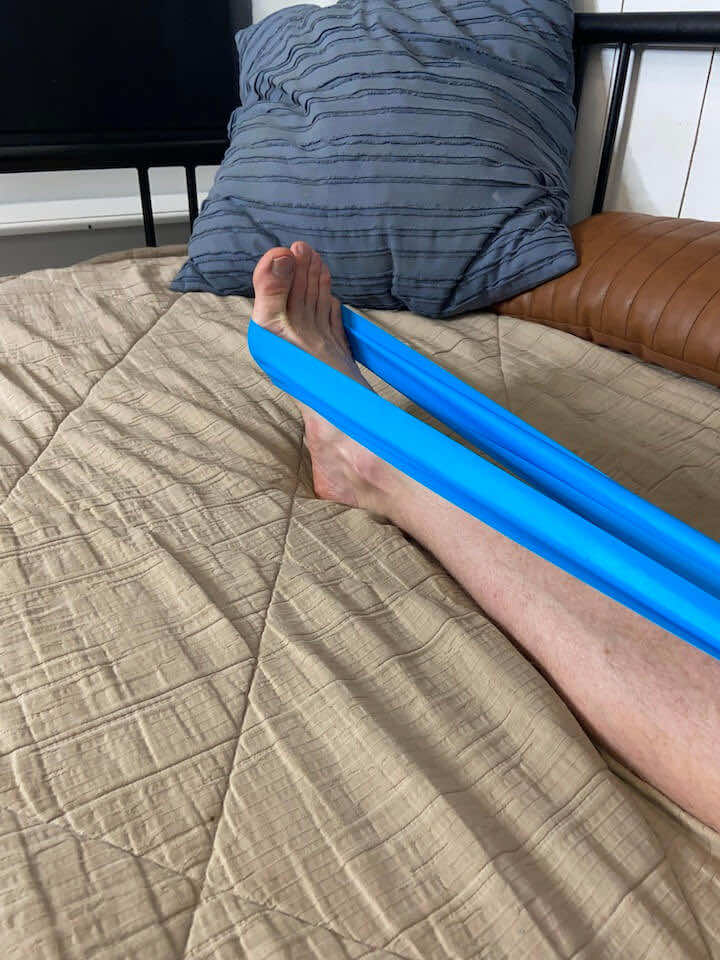
- Lay down on your bed with your ankle off the end.
- Loop the band around your right foot and hold onto the other end of the band with your hands.
- Point your toes and squeeze the back of your calf muscles, then relax. Finish the set, then repeat with your left foot.
- Repeat 10 repetitions for 3 sets.
7. Calf Stretch
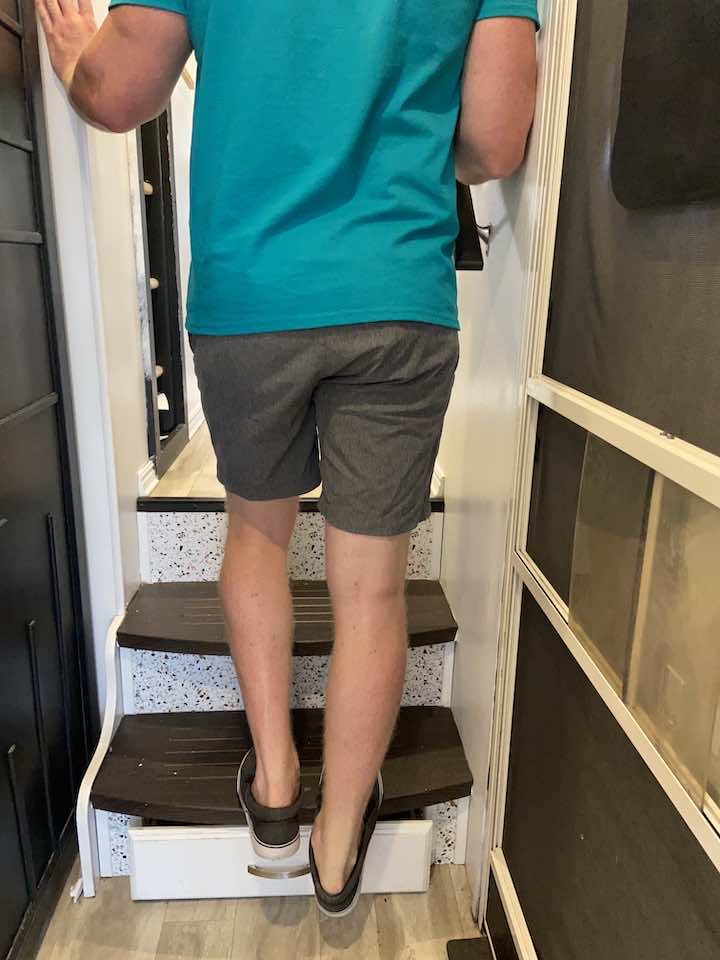
- While holding onto the railing of a staircase, step both feet up.
- Slightly stagger your feet so that the injured heel is hanging off the step.
- Your front leg should bend slightly, while the back (injured) leg’s knee will be straight.
- Hold this stretch for 30 seconds before relaxing.
- Repeat the stretch two more times for a total of three sets.
Integrating these exercises into your daily or weekly routine can significantly improve ankle strength and stability.
Care Tips for Stronger Ankles
Maintaining strong ankles goes beyond exercises; it involves daily care and preventative measures. Here are some tips:
- Wear Supportive Footwear: Choose shoes that offer good ankle support, especially during physical activities.
- Warm-Up Before Exercising: A proper warm-up can prevent injuries and strengthen the muscles around the ankles.
- Stay Active: Regular exercise, such as walking or swimming, can help maintain ankle strength.
- Mind Your Posture: Proper body alignment while standing and walking can reduce unnecessary strain on your ankles.
- Rest and Recover: Allow adequate rest between workouts to prevent overuse and injuries.
By following these care tips, you can ensure your ankles remain strong and supportive, enhancing your mobility and quality of life.
Conclusion
Strengthening your ankles is a journey toward improved mobility, stability, and freedom. By understanding the causes and symptoms of weak ankles and incorporating simple exercises into your routine, you can build the foundation for stronger, more resilient ankles. Remember, it’s not just about the exercises but also about adopting a lifestyle that supports ankle health. With consistent effort and care, you can enjoy the benefits of strong ankles, stepping forward with confidence and ease.


